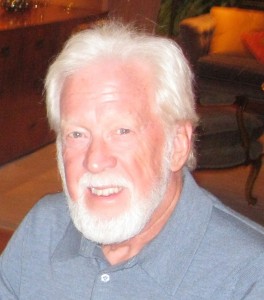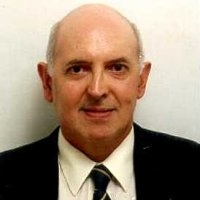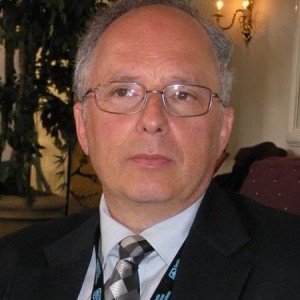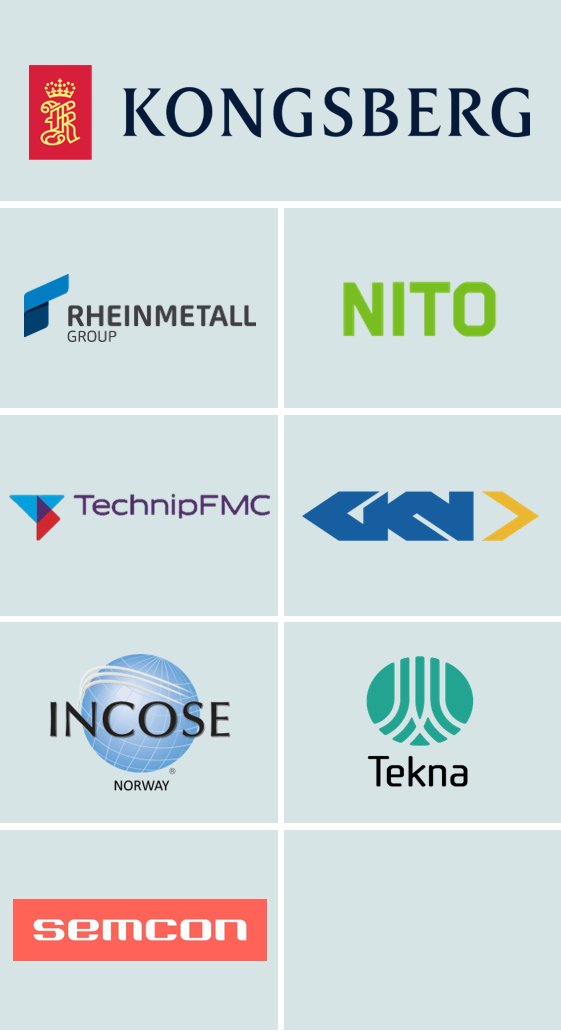1. Full-day tutorial/workshop – Complex Systems: How to Recognize Them and Engineer Them
In the field of systems engineering (SE) you may already be familiar with, or at least have heard about, the burgeoning activity in topics of System of Systems (SoS), Enterprise Systems Engineering (ESE), and Complex Systems Engineering (CSE). There exists a fair amount of controversy as to the degree to which traditional (or conventional or classical) methods of systems engineering (TSE) are able to address our most difficult complex systems problems, or whether this brand of complexity requires some new ways of thinking, to paraphrase one of Albert Einstein’s famous quotes. In particular, transforming project management to a more systemic (rather than purely systematic) approach is highlighted. This tutorial/workshop facilitates a learning experience by 1) explaining and giving examples of the basic ideas behind complexity theory, complex systems behaviors, and CSE; 2) reviewing a multitude of related definitions to reach a better understanding of the terminology; 3) presenting CSE principles that may improve “mindsights” in ways that may help you accelerate progress in your SE efforts, especially in confronting the most difficult problems facing our world and/or in your respective activity domain(s); 4) providing a few of simple “chaordic” artifacts for characterizing your SE environment and what you are doing about it; and 5) suggesting an updated Complex Adaptive Systems Engineering (CASE) methodology of CSE that you might try applying. Teamed class exercises will stimulate creative thought and interactions among participants. All this and the ensuing discussions should further mutual understanding and better prepare you for future SE endeavors.
Biography: Brian E. White received Ph.D. and M.S. degrees in Computer Sciences from the University of Wisconsin, and S.M. and S.B. degrees in Electrical Engineering from M.I.T. He served in the U. S. Air Force, and for 8 years was at M.I.T. Lincoln Laboratory. For 5 years Dr. White was a principal engineering manager at Signatron, Inc. In his 28 years at The MITRE Corporation, he held a variety of senior professional staff and project/resource management positions. He was Director of MITRE’s Systems Engineering Process Office, 2003-2009. Dr. White retired from MITRE in July, 2010, and currently offers a consulting service, CAU←SES (“Complexity Are Us”← Systems Engineering Strategies).
2. Full-day tutorial/workshop – Systems Engineering for Strategy Design
Motivation – The central tenet is that strategy is conveyed throughout the organization as a model of intended future. A robust method for strategy design comes at the expense of needing to learn tools typically foreign to management education. Yet, lacking a science-based approach to strategic modeling, executives adapt ideas from selected thinkers, often by trial and error.
Research limitations/implications – Too large a spectrum of concepts is a limitation to a full coverage of strategic management. The tutorial still shows a method to model and simulate the current situation; deduce and test a strategy; make it robust to arbitrary external events; drive the analysis of operational risks; and build the implementation project. Rather than a detailed map, the approach nevertheless provides enough landmarks to support future research.
Practical implications – The aim is to provide a systems engineering approach to address currently perceived strategic problems, supported by off-the-shelf tools from engineering and mathematics. The orchestrated contribution of time-proven tools allows creating strategies whose implementation can be designed, whose outcomes can be predicted, and whose results can be certified.
Originality/value – The end result includes the formal strategy documentation, the implementation project plan, the design of new or modified processes, and the specification of supporting technologies. The concepts provided can be operationalized by organizations needing to build strategies whose intended implementation results can be certified. The ideas presented will hopefully contribute to shape the thinking of future researchers.
Aims and objectives – to solve a business strategic management case study using systems engineering techniques while walking the participants through a sequence of steps from problem analysis to implementation.
Facilitator: J. Pedro Mendes
Biography: Dr. Mendes has a Ph.D. in “Industrial and Systems Engineering” from Virginia Tech, USA (1990). He currently lectures on Engineering/Technology Management at University of Lisbon, Portugal. He entered academia after more than 15 years of hands-on experience in computers and software, having done consulting and held engineering and management positions in government agencies as well as manufacturing and service companies.
3. Tutorial – A systemic and systematic methodology for solving complex problems
Problem-solving is the major function of both a systems engineer and a project manager. Accordingly, developing your problem-solving skills will enable you to succeed in your jobs and should position you in the fast track for promotion to the next level in your organization or a new job at another organization. This tutorial focuses on systems engineering as a systemic and systematic methodology for solving complex problems. The tutorial discusses thinking, systems thinking as a way of understanding a situation and the benefits of going beyond systems thinking to determine the problem and solution. The tutorial applies systems thinking to systems engineering, provides the participants with a number of conceptual tools, looks at systems and their properties and then goes through each state of the system lifecycle discussing what systems engineers do in each state. The tutorial will provide participants with the following useful conceptual tools for systems engineering
1. The three types of systems engineering
2. An N2 Chart
3. The Holistic Thinking Perspectives
4. A Template for critical analysis of arguments
5. A process for tacking a problem
6. An understanding of the ‘A’ and ‘B’ systems engineering paradigms
7. A Problem Classification Matrix
8. The extended problem-solving process and working backwards (prevention)
9. A PAM Chart
10. A Problem Formulation Template
11. The Hitchins-Kasser-Massie Framework (HKMF) for understanding systems engineering
12. Differentiating between Systems Engineering – the Role (SETR), and Systems Engineering – the Activity (SETA)
13. The Nine-Systems Model
Facilitator: Joseph E. Kasser
Biography: Dr. Joseph Kasser was a practicing systems engineer and manager for 30 years before joining academia. He is a recipient of NASA’s Manned Space Flight Awareness Award (Silver Snoopy) for quality and technical excellence for performing and directing systems engineering and many other awards and commendations. He is an INCOSE Fellow, a Fellow of the IET and IES, holds a Doctor of Science in Engineering Management from The George Washington University, and is both a Chartered Engineer and a Certified Manager. He is currently a Visiting Associate Professor at the National University of Singapore. His previous academic positions include being a Leverhulme Visiting Professor at Cranfield University, England and the Deputy Director and an Associate Research Professor at the Systems Engineering and Evaluation Centre in the University of South Australia. Dr Kasser has given tutorials at INCOSE symposia, SETE and APCOSE conferences. He also has more than 20 years of teaching experience in continuing and postgraduate education.



